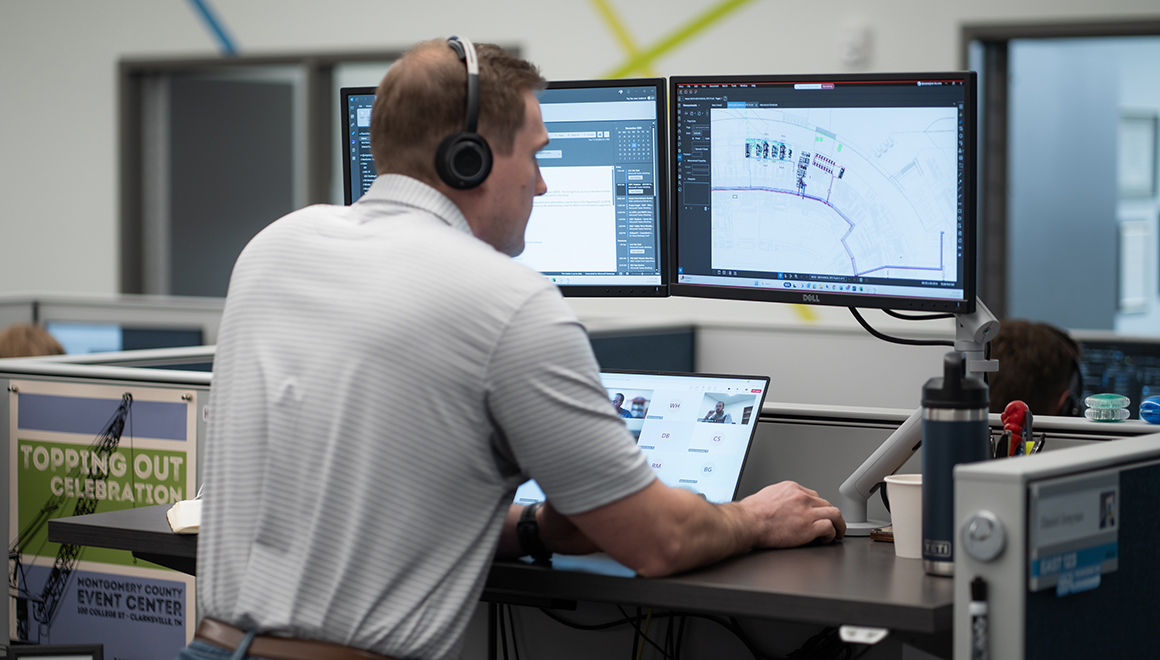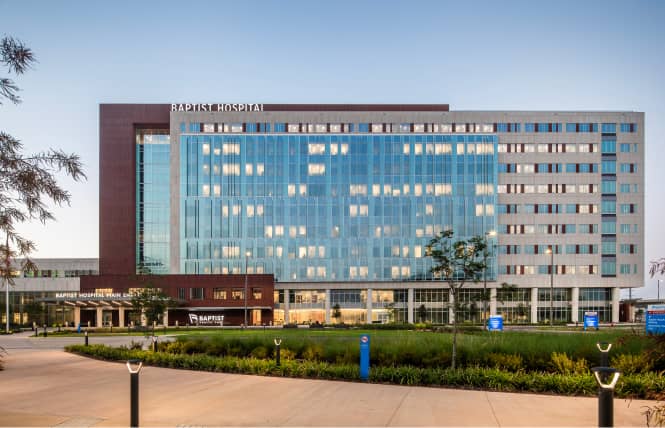November 5, 2024
SSR Announces Q3 2024 New Hires
Smith Seckman Reid, Inc. (SSR), a leader among engineering firms in designing, consulting, and commissioning projects, is pleased to announce that the following individuals joined the firm in August, September, and October:
- Scott Brian, Senior Project Manager, Home
- Matt Cosgrove, Senior Plumbing Designer, Dallas
- Michael Creamer, Principal / Technology CRM, Dallas
- Nicole DeReu, HR Business Partner II, Nashville
- Jacquelyne Garcia Torres, Electrical EIT, Houston
- Maggie Heintzman, Administrative Assistant, Nashville
- Laura Lancaster, Building Enclosure Designer, Nashville
- Stephanie Lusk, Senior Ops Accountant, Nashville
- Ryan McLaurine, CEI Technician, Nashville
- Leigh Ann Meadows, Accounting Project Manager, Nashville
- Andrew Pate, Facilities Ops Specialist, Nashville
- Jenny Reznik, Paralegal, Nashville
- Benjamin Russell, Senior Project Manager, Houston
- James Scruggs, Utility Locator, Memphis
- Kyle Selvy, Project Manager, Tampa
- Shannon Simmons, Billing Specialist, Nashville
- Ryan Staskus, Technology Consultant, Houston
- James Tetleton, Resident Project Rep, Memphis
- Anthony Vellardita, Technology Consultant II, Tampa
- Katelyn Wertz, Electrical EIT, Charlotte
- Cindy Zanzig, Senior Construction Admin, Atlanta
Top


